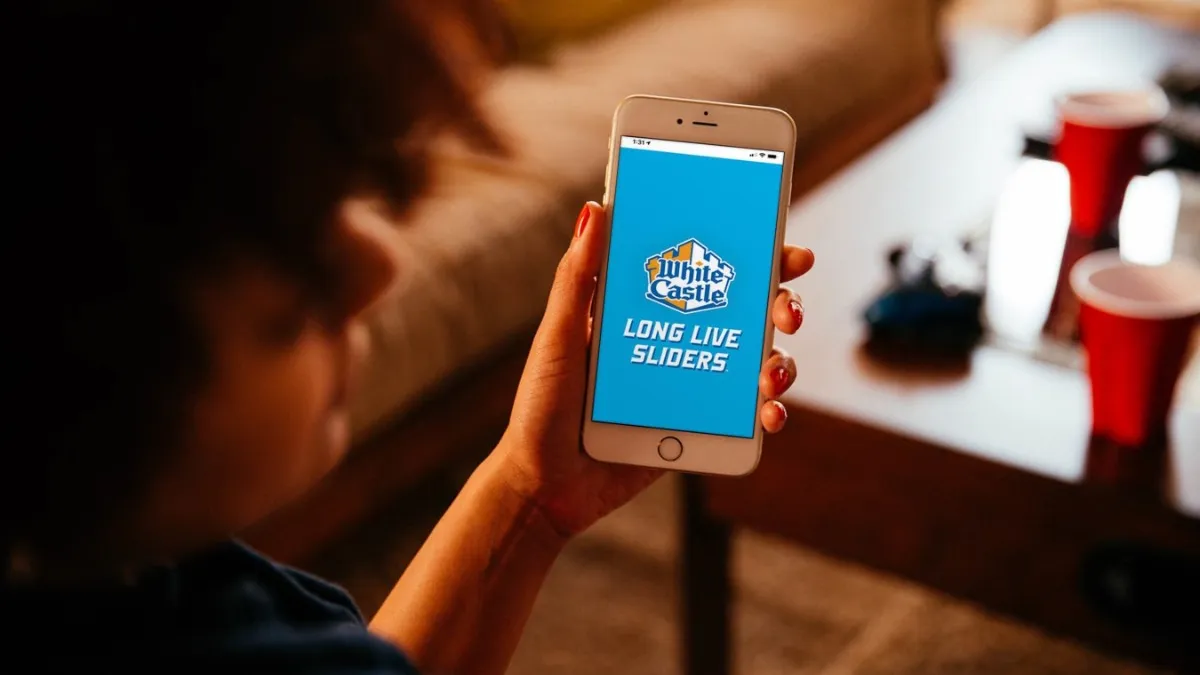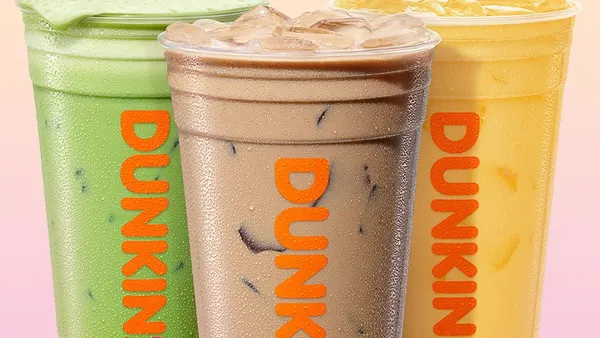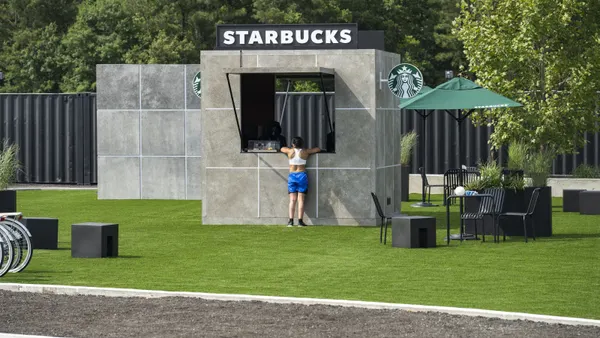Dive Brief:
- Eighty-six percent of consumers are interested in joining a restaurant loyalty program if it provides discounts or coupons, yet just 36% of Americans are currently part of such a program, a TouchBistro report based on a survey of 2,600 diners in U.S. and Canada shows.
- The report also finds 44% of consumers now dine-in at least once a week or more, while 78% dine-in at least once a month or more. By comparison, just 27% get takeout or delivery at least once a week.
- This interest in rewards programs could indicate increased price sensitivity among customers, with one-fifth of diners reporting increased menu prices can discourage them from eating out.
Dive Insight:
Menu prices rose by 8% year-over-year in August, aligned with a general inflation rate of 8.3%, according to statistics from the U.S. Bureau of Labor Statistics. However, the TouchBistro report seems to suggest pent-up demand is trumping inflationary worries. Nearly half of Americans (45%) say menu price increases would only “somewhat impact” their decision to visit a restaurant.
Price-sensitive consumers may be choosing a dine-in experience over restaurant delivery, which is often accompanied by additional fees. The average consumer is willing to pay a maximum delivery fee of $3.90 and only 44% are willing to pay $5 or more, according to Tillster data.
Major chains are experiencing this shift toward more dine-in occasions. In response, Wingstop recently reopened its dining rooms and has seen the business grow throughout the past quarter. Applebee’s recovering dine-in business has driven higher beverage sales throughout the recent quarter.
Independent restaurants can try to level the playing field with chains by offering loyalty programs. Most consumers who dine out (63%) choose local, independent restaurants over chains, the TouchBistro survey results show, and loyalty programs are particularly popular with younger consumers. Forty percent of Gen Z and 41% of millennials already belong to a restaurant loyalty program.
Such programs enable brands to capture data about their customers, with 32% of members engaging with the programs weekly, according to TouchBistro.
Younger consumers also tend to access restaurants from a variety of channels, despite added fees, so it’s critical for loyalty programs to provide rewards for both digital and dine-in occasions. Half of diners prefer to engage with their favorite restaurants via email, while 20% of Gen Z diners prefer to engage with restaurants via social media, according to TouchBistro.
“Our research shows that the pandemic hasn’t permanently changed habits among diners and that’s good news for today’s restaurateurs. While innovations have made it easier to order takeout, it’s clear that convenience hasn’t replaced the desire to dine in,” TouchBistro CEO Samir Zabaneh said in a press release emailed to Restaurant Dive.












